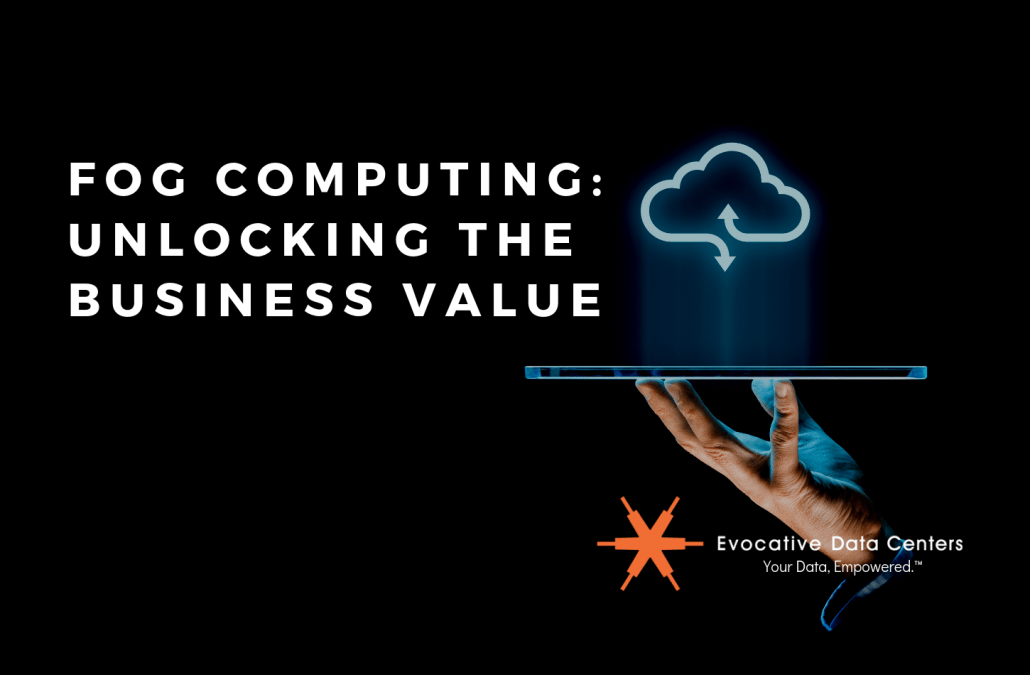Cloud Moves to the Fog, discusses what fog computing is and compares fog computing, cloud computing and the Internet of Things.
It also addresses the technology challenges facing the modern cloud. In this blog post, we will focus on four fog-related business benefits that IT professionals should take into consideration when deciding whether to deploy an enterprise-wide fog computing strategy.
1. Improved Customer Experience Reduces Churn
In this highly competitive business climate, customer experience is more important than ever before. Every interaction a customer has with your business is a new opportunity for you to provide an exceptional experience.
A critical component of this experience is personalized service. The use of IoT-based devices combined with a customer’s expectation of personalized service is now driving businesses to speed up data analysis and deliver a customized response. By moving the analysis to devices at the network’s edge, companies with customers across the country can implement networks in different geographic areas, closer to their key customer centers. This reduces the distance that critical data needs to travel, delivering an improved user experience and a higher level of customer satisfaction.
2. Faster Business Decision Making Improves Business Processes and Reduced Costs
Today, every department is charged with reducing costs, improving business processes and adding to the company’s bottom line. It requires agility in both thinking and execution.
Especially prevalent in manufacturing environments, the ability to place hardware close to the factory floor to quickly review and adjust production performance, throughput and reliability can have a substantial impact on a company’s bottom line.
Shorter lag-time and enhanced decision-making by technicians, machine operators, quality control managers, and plant foremen, combined with decreased latency and increased connectivity speeds between the factory floor and edge devices deliver advanced business processes.
3. Increased Employee Privacy and Prevention of Cyberattacks
The more devices you add to various points on a network, the greater the opportunity for a cyber-attack to occur. So, you would think that a fog computing strategy would help hackers in entering a company’s IT network through an edge device.
But, you would be wrong. Because the goal of fog computing is to position devices and data analysis at the edge, outside of the network’s hub, a company can actually strengthen their network by increasing security measures on the edge devices, keeping threats at bay.
Since most of the data moves between local IoT connected devices and an edge device, with only a small amount of data transferred to the cloud less frequently, potential attacks can be spotted before they infect the entire network. In addition, security can also be increased at the employee level with specific individuals identified as a greater risk for potential attacks. Their data can be analyzed and potentially stored in the fog rather than transferred to a central cloud database where it could be accessed by other unwitting employees.
4. Alternative Business Continuity Solution
Fog computing is a critical component of a company’s larger IT infrastructure and should not be treated as an afterthought with edge devices simply placed in the closets of a company’s branch offices.
For a fog implementation to succeed, it must be managed and maintained with as much planning, care and attention as the rest of your data center colocation or cloud services. Data center-based edge devices enable you to incorporate systems which detect failure such as a power outage and automatically enable backup servers to kick in at the same physical location or another location altogether. Here are 3 critical steps:
-
- Select a data center provider like Evocative that has multiple connected data centers in various regions across the U.S.
- Implement edge technology in specific data center locations close to your facilities or your customer-base depending on your business needs and objectives.
- Implement a cloud strategy in a separate data center location with the same provider to provide long-term data storage.
This ability to implement an all-inclusive edge/cloud solution with one trusted data center provider across multiple, connected data center locations can help your business remain up and running even if a disaster occurs.
Conclusion When evaluating how fog computing fits into your IT strategy, it is important to consider your company’s business requirements. The faster and more accurately business decisions can be made, the more successful your company will be at enhancing your customer experience, improving business processes and reducing costs. Edge technology stored by a data center provider like Evocative that has both a local and national footprint will enable you to:
-
- maintain both your edge and cloud infrastructure in the hands of one trusted data center provider
- reduce the strain on cloud services, sending only the most appropriate data to the cloud
- eliminate downtime or data loss in a disaster
- meet both your business and IT goals by implementing best practices company-wide

